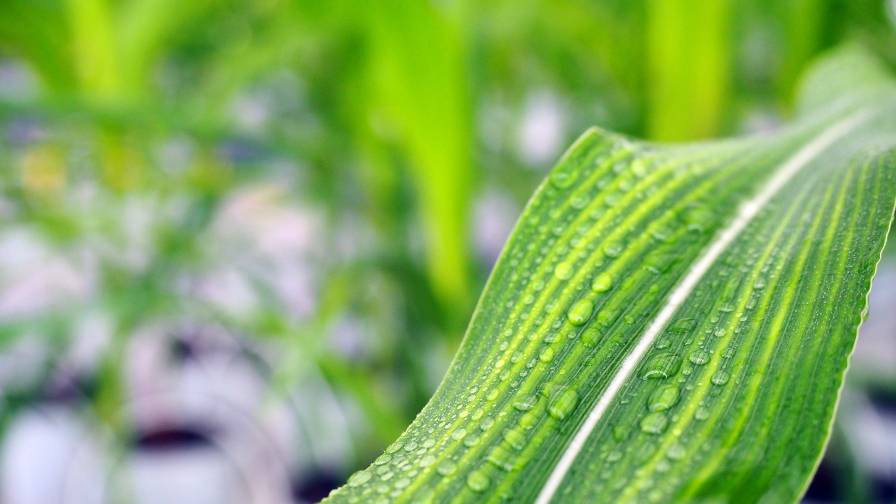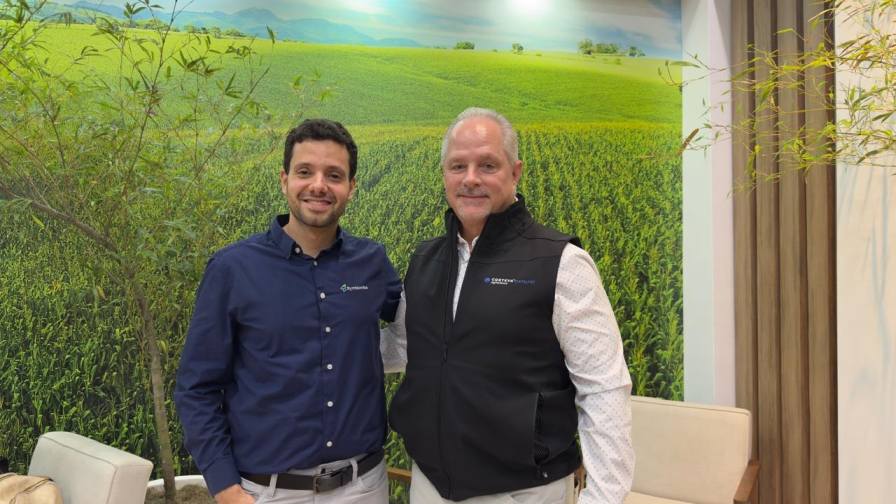Dichlorvos: Insect Control In Myriad Settings
In 1955, it was discovered that crystalline trichlorfon, another organophosphate pesticide, gave off a vapor that was capable of killing insects. That vapor was dichlorvos, which since has been developed for insect control in enclosed spaces.
Organophosphates act by interfering with the activities of cholinesterase, an enzyme that is essential for the proper working of the nervous systems of insects.
Commercial manufacture of dichlorvos started in 1961. Since then, dichlorvos has been used to protect stored crops, such as grains, from insect damage and to control insects and flies in mushroom houses and tobacco warehouses. It has been used to keep livestock facilities and animals free of pests such as fleas, ticks and mites in the dairy, cattle, swine, poultry, and other livestock industries. It was also mixed into feed to treat animals against intestinal worms and parasites.
Therapeutically, dichlorvos is used to treat a variety of parasitic worm infections in dogs, livestock, and humans. Dichlorvos can be fed to livestock to control botfly larvae in the manure. It acts against insects as both a contact and a stomach poison. Dichlorvos is available in aerosol and soluble concentrate formulations. It is commonly formulated 1,000 grams per liter (g/l) as an oil-soluble concentrate, at 14 g/l to 1,000 g/l as emulsifiable concentrates, and 4 g/l to 10 g/l as an aerosol for bait. It is also used as a fumigant and has been used to make flea collars for pets and pest strips.
— Compiled by David Frabotta, Editor






